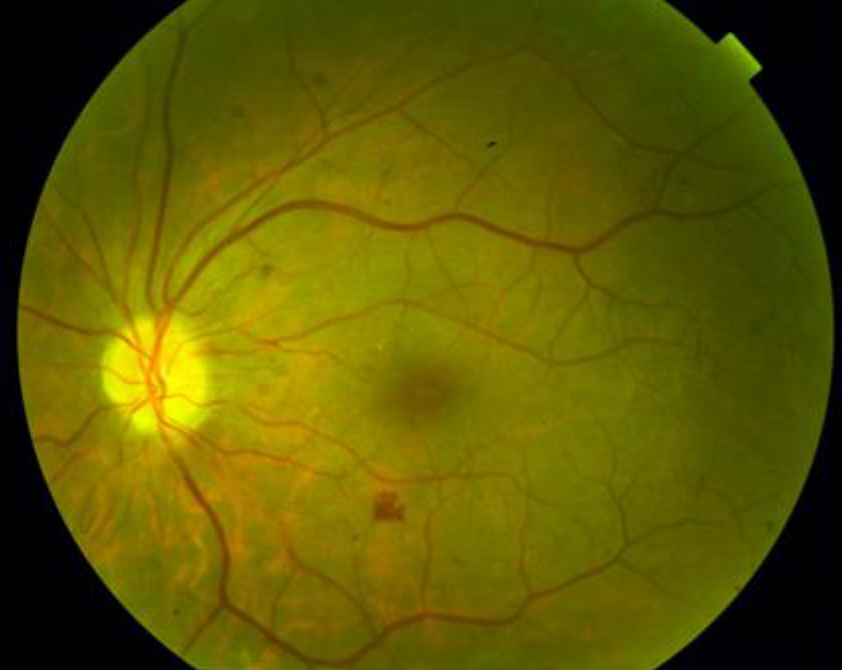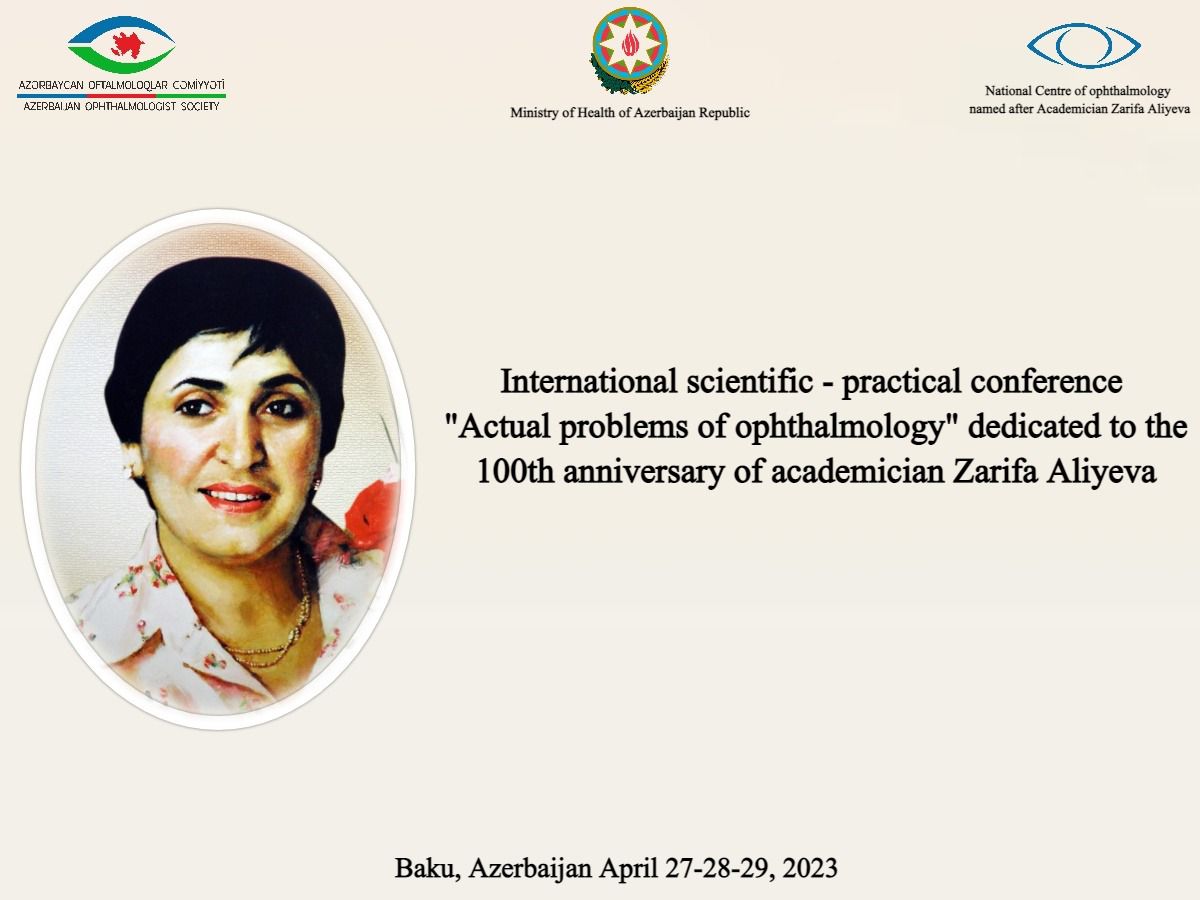Prompt vitrectomy in patients with type 1 diabetes and diabetic retinopathy
Abstract
Objectives: To evaluate the long-term outcomes of patients with type 1 diabetes mellitus (DM) who underwent prompt vitrectomy and to discuss the optimal timing for surgery.
Methods: This retrospective study included diabetic retinopathy (DR) patients with type 1 DM who underwent prompt vitrectomy at Retina Ophthalmic Research Center between March 2015 and January 2020. Demographical and clinical features including duration of diabetes, visual loss and follow-up time between visual loss and vitrectomy, best corrected visual acuity (BCVA), reoperations, complications, were reviewed.
Results: There were 25 eyes of 18 patients (with a mean age of 33 years). Duration of diabetes was 14.2 years. Mean follow-up was 23.1 months. 19 eyes received intravitreal dexamethasone implant and 5 eyes received intravitreal triamcinolone injection in the first surgery. Mean preoperative BCVA was improved from 0.3 to 0.7 log-mar postoperatively (p=0.002). Anatomic success was achieved in 23 eyes. Visual acuity was improved in vision safely and efficiently.19 eyes, stabilized in 4 eyes and deteriorated in 2 eyes. Cataract removal was needed in 6 eyes and retinal detachment occurred in 1 eye.
Conclusions: Prompt vitrectomy in type 1 DM patients is safe and effective which provides long term visual stabilization, high quality of life with low complication rate.





